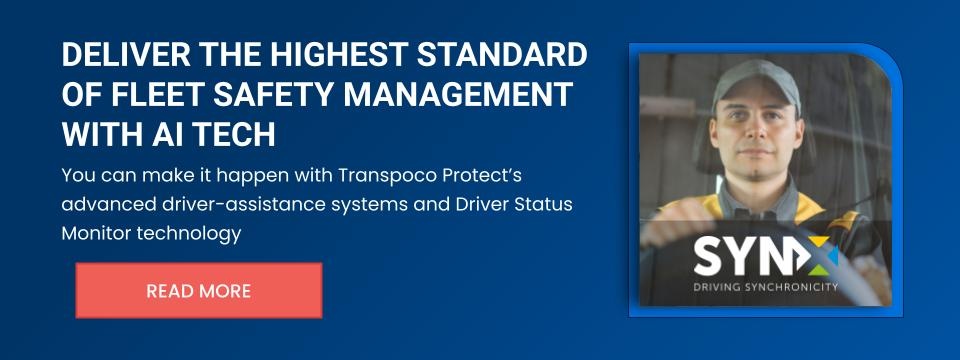The new tachograph regulations from the European Union represent a significant step toward enhancing safety and professionalism in the transportation industry.
Embracing these changes and carefully planning trips not only ensures compliance with the rules but also guarantees safer, more efficient, and less stressful journeys for drivers.
What do tachographs do?
Tachographs capture data such as vehicle speed, mileage, and driving time to ensure adherence to regulations on working hours and driving restrictions imposed on professional drivers. Specifically, Regulation (EU) No 165/2014 lists the criteria for installing tachograph devices in vehicles, depending on their compliance with EU and AETR regulations, as well as their weight.
How have tachographs evolved?
Since 2006, vehicles have been fitted with digital tachographs, marking a significant milestone in their history. Before 2006, tachos were either analogue or digital.
Since 2019, a new generation of tachographs, called Smart Tachographs, has been installed in vehicles to:
- benefit from more advanced features (e.g.: traffic monitoring through satellite positioning systems, loading and unloading tracking together with time and location);
- enable remote tachograph checks.
What are the next steps?
At the EU level, newly registered vehicles since 21 August 2023 need to be equipped with smart tachographs of the second generation, but some flexibility is being applied due to shortages of such devices in various countries. This does not apply to France at this time, where new vehicles are required to be equipped with Smart Tacho 2.
By the end of 2024, all old analog or digital tachographs in trucks used for cross-border assignments must be replaced, except for first-generation intelligent tachographs.
By August 2025, all first-generation intelligent tachographs used for cross-border assignments must be upgraded.
In anticipation of the deadline of 19 August 2024, France has already been able to communicate remotely with tachographs installed in moving vehicles (although technically speaking, remote tachograph checks have been possible since mid-2019).
How can I make sure my fleet is compliant with the new rules?
- Ensure that you manage tachograph data diligently: download and archive data, with driver card information stored every 28 days and truck files every 90 days, for a minimum of 12 months, and ensure easy access for inspection authorities.
- Make sure drivers know the rules: tachograph fraud or record manipulations are treated as severe violations and subject to penalties under both national and European road transport regulations.
- Leverage technology to plan well ahead for routes and trips, to comply with the regulations.
- Be prepared to deal with driving time limitations.



